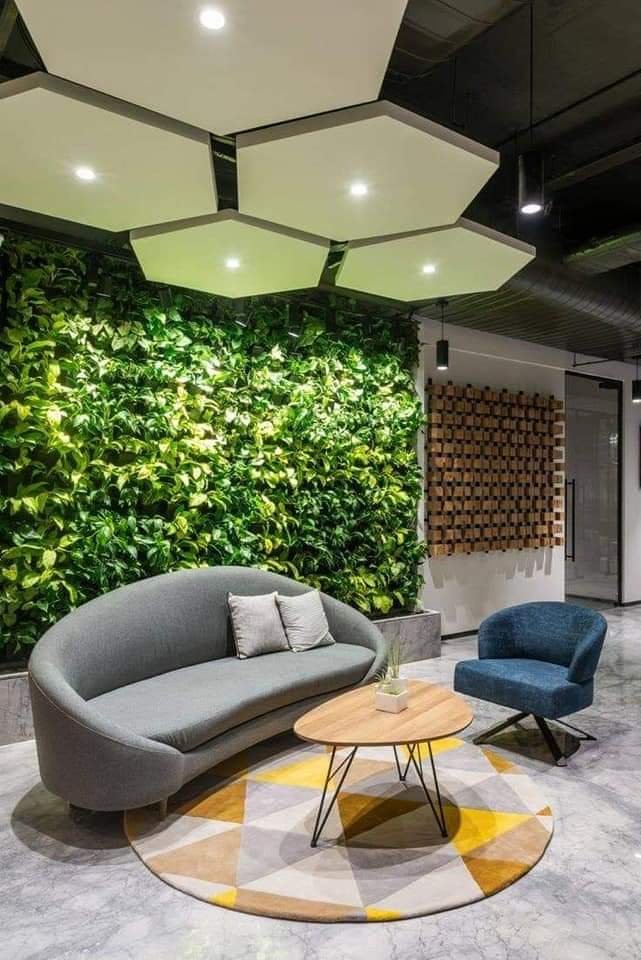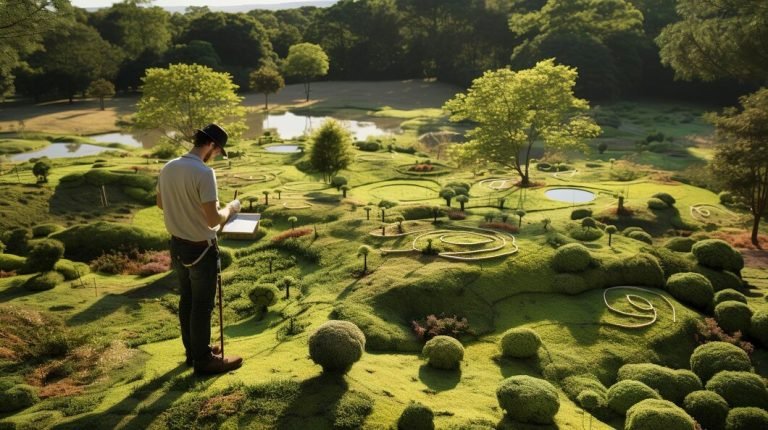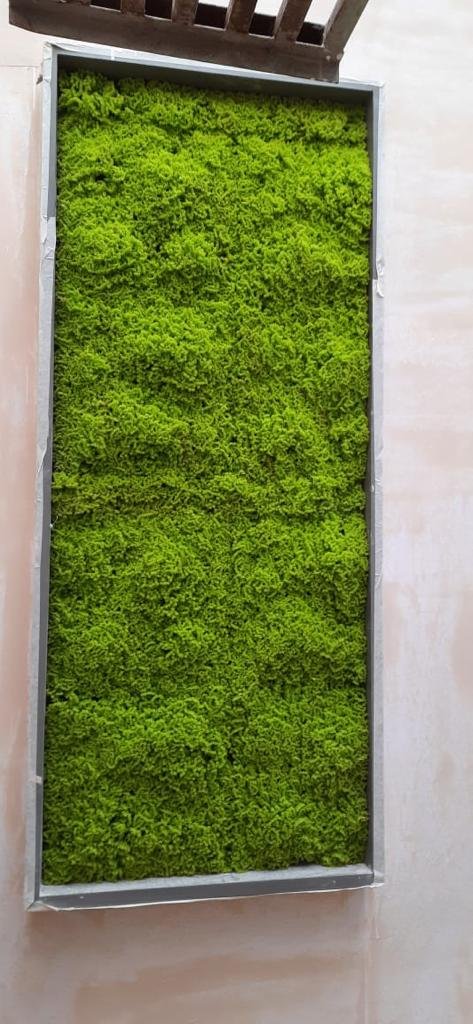Embracing Green Innovation The Rise of Vertical Gardens.
In the rapidly urbanizing landscape of modern cities, where space is at a premium, vertical gardens have emerged as innovative solutions to infuse greenery into urban environments. This article explores the concept of vertical gardens, their benefits, design considerations, and the growing trend toward sustainable, space-efficient green spaces.
To Know More About It Please Click Here
Understanding Vertical Gardens
- What is a Vertical Garden? A vertical garden, also known as a living wall or green wall, is a creative and sustainable method of gardening that involves growing plants vertically on walls or other vertical surfaces. These installations can be indoors or outdoors, making them versatile additions to various settings.
- Benefits of Vertical Gardens:
- Space Efficiency: Vertical gardens maximize the use of limited space, making them ideal for urban environments with limited land availability.
- Improved Air Quality: Plants play a crucial role in purifying air by absorbing pollutants and releasing oxygen. Vertical gardens contribute to enhanced air quality in crowded urban areas.
- Aesthetic Appeal: Vertical gardens serve as aesthetically pleasing features, adding a touch of nature to urban structures and creating visually appealing green spaces.
- Temperature Regulation: Green walls help regulate temperatures by providing shade and insulation, reducing the urban heat island effect.
- Biodiversity Enhancement: Vertical gardens can host a variety of plant species, fostering biodiversity and supporting urban ecosystems.
Design Considerations for Vertical Gardens
- Plant Selection: Choosing the right plants is essential for the success of a vertical garden. Consider factors such as sunlight availability, climate, and maintenance requirements when selecting plant species.
- Structural Integrity: The structural integrity of the wall or surface that will support the vertical garden is crucial. Proper assessment and reinforcement may be necessary to accommodate the weight of soil, plants, and the irrigation system.
- Irrigation Systems: Efficient irrigation is vital for the health of vertical gardens. Drip irrigation or specialized systems designed for vertical applications ensure that water reaches all plants evenly.
- Maintenance Plans: Regular maintenance is key to sustaining a vibrant vertical garden. This includes pruning, fertilizing, and monitoring for pests. Having a maintenance plan in place helps ensure the longevity of the green wall.
The Growing Trend Towards Sustainability
- Urban Greening Initiatives: Cities worldwide are embracing urban greening initiatives, and vertical gardens play a significant role in transforming concrete jungles into more sustainable and livable spaces.
- Architectural Integration: Architects and designers are incorporating vertical gardens into the design of buildings, both for their environmental benefits and their aesthetic contribution to the overall design.
- Community Engagement: Vertical gardens offer opportunities for community engagement. Residents and businesses are increasingly involved in the creation and maintenance of these green spaces, fostering a sense of pride and ownership.
To Know More About It Please Click Here
Conclusion
Vertical gardens represent a harmonious fusion of nature and urban living, addressing the challenges of limited space and environmental degradation. As the trend towards sustainable and green urban design continues to grow, vertical gardens stand out as emblematic symbols of innovation, aesthetics, and environmental responsibility. Embracing this green revolution can contribute to healthier, more vibrant, and sustainable urban environments for generations to come.







